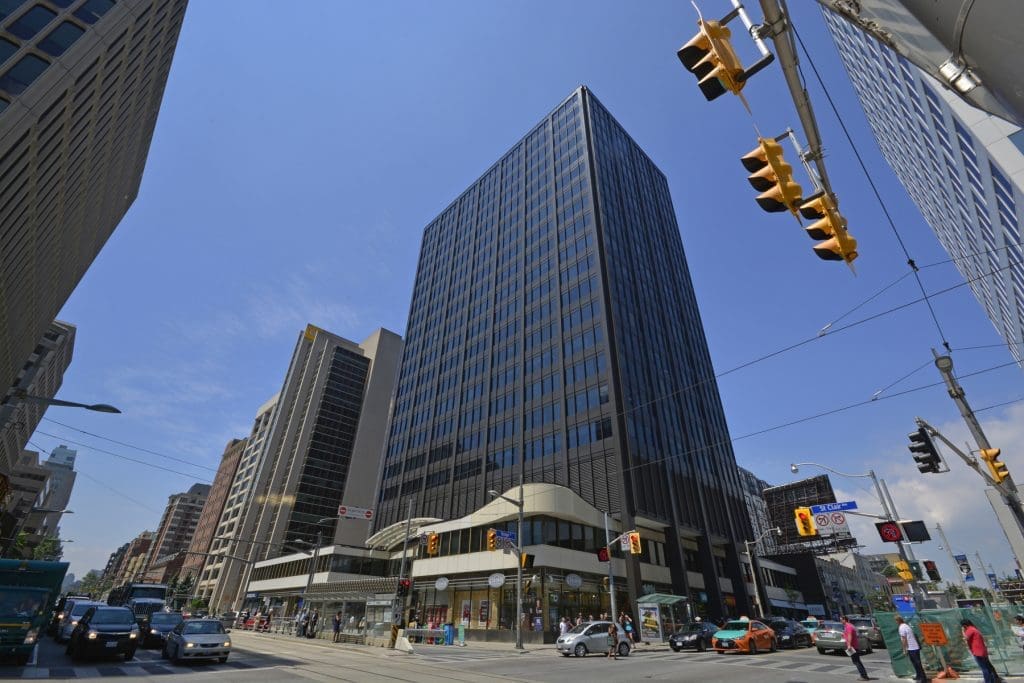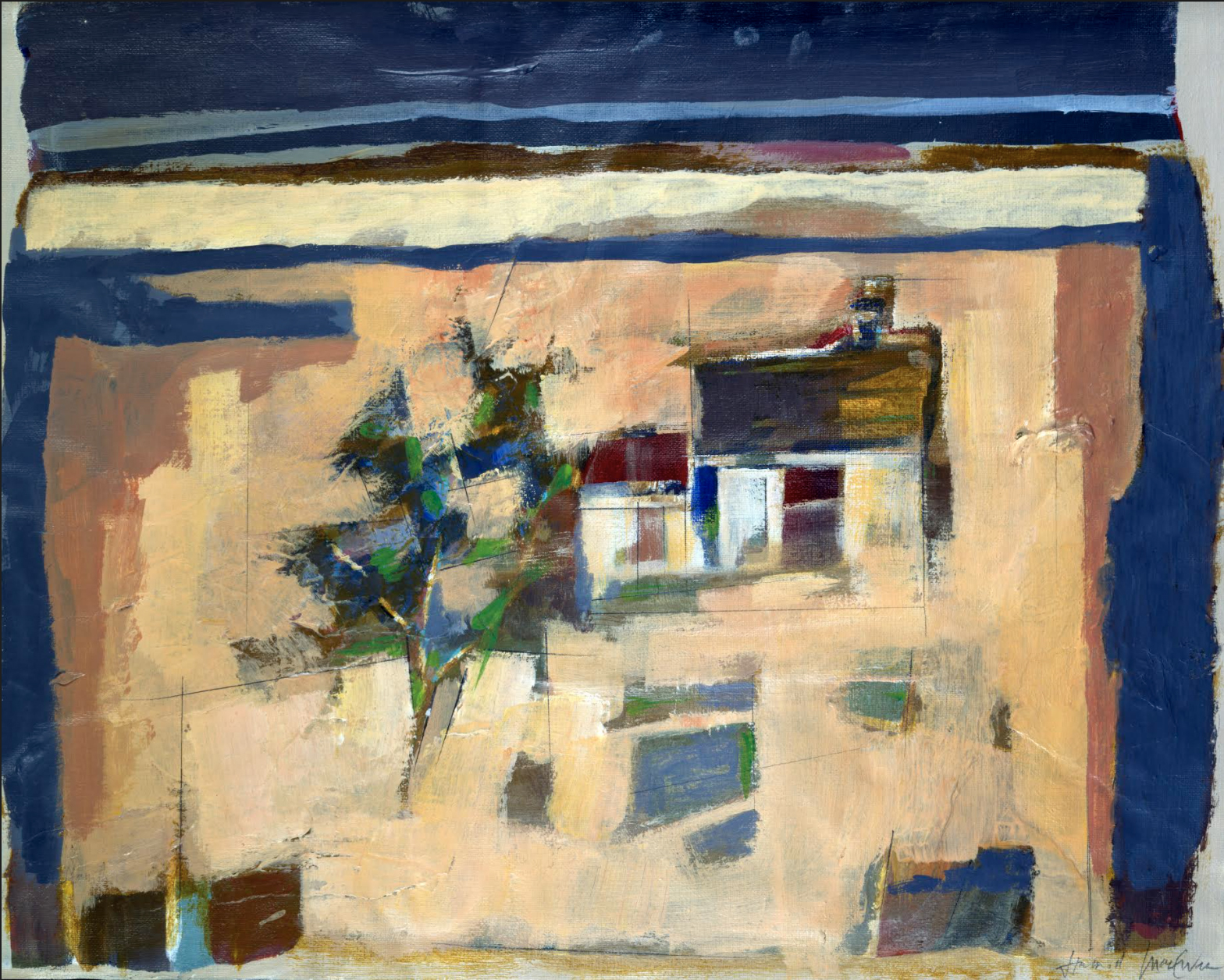The CNIB (Canadian National Institute for the Blind) and the Rick Hansen Foundation have partnered together to help Canadians reimagine what our urban landscape could look like. Their grand vision is that they want all people, regardless of their ability, to enjoy the outdoors in the same manner. They want to start by showing Canadians how a bustling and busy neighbourhood in Toronto can easily become the most accessible in the entire country.
With 205 beacons purchased by the Foundation, stores and restaurants can program important and comprehensive information about the layout of a space to a blind or visually impaired person’s smart phone. Some things that many can easily take for granted, such as where a store entrance, service counter, washroom, or display is located, can now be communicated through an iPhone app called BlindSquare, simply by shaking your phone. The app, which normally is downloaded for a cost, is free to use in the Yonge and St. Clair neighbourhood.
While there is warranted concern that the app forces the visually impaired to look after themselves in isolation, the CNIB’s executive director reminds us that in order to make a neighbourhood accessible, we will need more than just an app giving us directions around the subway or a street corner. Businesses don’t even have to break the bank in order to make themselves accessible: putting down carpets can acoustically help those who are hard-of-hearing, swapping doorknobs for levers can help improve shopping experiences of those with physical difficulties, and using high-contrast paints to delineate spaces can help those who have low vision. These are all fairly low-cost changes that can make a huge difference in the lives of people who are reluctant to go out and do their shopping for fear of tripping, or not having a space to rest, among many other valid concerns.
True accessibility is not just renovating a space to help one specific group of people. While ShopTalk (the pilot project launched by the CNIB) aims to help those with visual impairment and blindness, the CNIB will need to cater to a more diverse set of needs in order to live up to its aim to make the area the most accessible in Canada. This is why the CNIB’s project is gradual, with hopes that by slowly persuading small, quarter-kilometre pockets of a neighbourhood to adapt in a more accessible way, that the project will gain its own momentum and make substantial progress. Already, the Yonge & St. Clair corridor has seen increased traffic of visually impaired people, bringing more consumers to an area where they feel safe and well looked-after. The number of visitors is projected to increase as the CNIB Community Hub has recently moved to the area, hoping to bring in an additional 9,000 people in foot traffic to the streets of uptown Toronto. With 21,000 people registered with the CNIB, it only makes sense to adapt the landscape of the city to make it one that is easy for all people to navigate. We look forward to further progress in the project!

